This Brazilian house uses concrete and wood to screen a sleek horizontal living space
The Brazilian house in Minas Gerais by Tetro Arquitetura is designed to elevate and simplify the art of one-level living
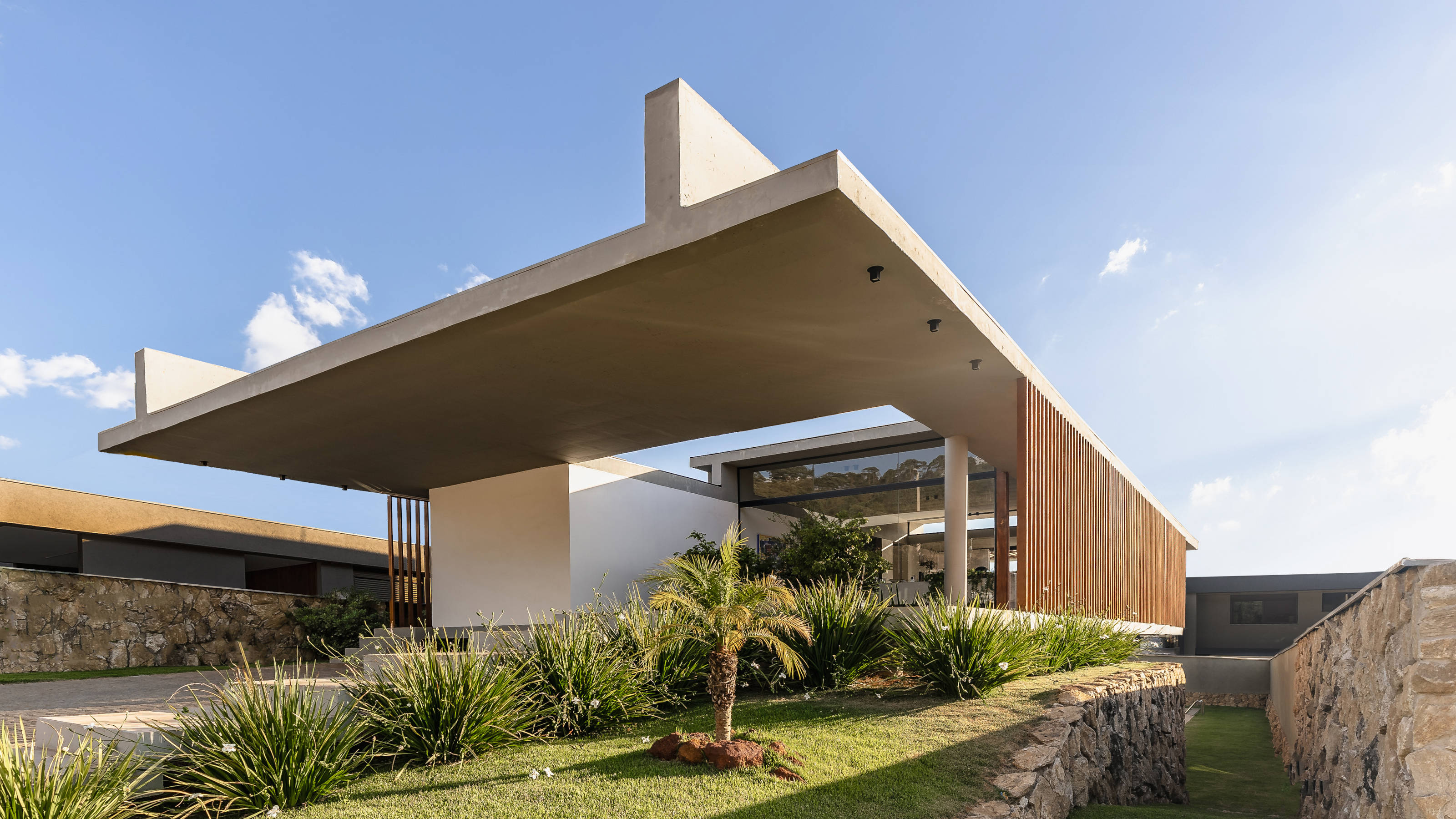
Tetro Arquitetura’s Laguna House continues the firm’s run of sleek contemporary dwellings that exploit the contours and views of their plot. Located in Nova Lima in Minas Gerais, overlooking a lake with mountains in the distance, the four-bedroom Brazilian house is an exercise in minimal planning.
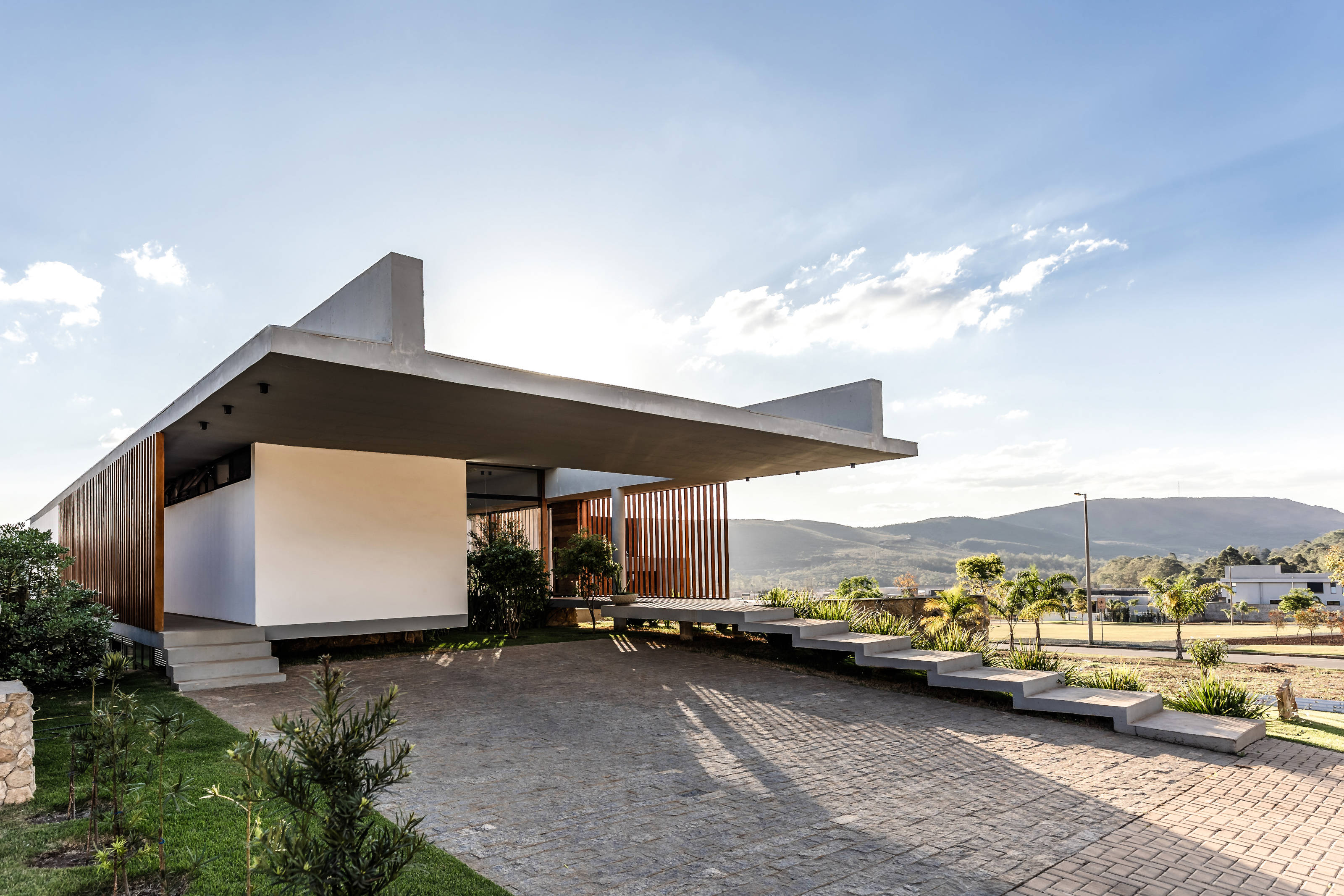
The house is accessed via these shallow concrete steps
A Brazilian house by Tetro Arquitetura
Led by architects Carlos Maia, Débora Mendes and Igor Macedo, the two-storey house is raised up on a rectangular core and an array of slender pillars. This slightly sunken lower level contains three ensuite guest bedrooms as well as a covered terrace with an outdoor kitchen and dining area.

The entrance is reached via a courtyard garden
Above it are the main living spaces, set beneath a large rectangular concrete slab roof, punctured by a large square courtyard. A master bedroom cantilevers out over the garden, facing south-west, flanked by a generous walk-in wardrobe. The kitchen, utility room and staff accommodation follow the line of the row of bedrooms below, with an external covered walkway providing secondary access.
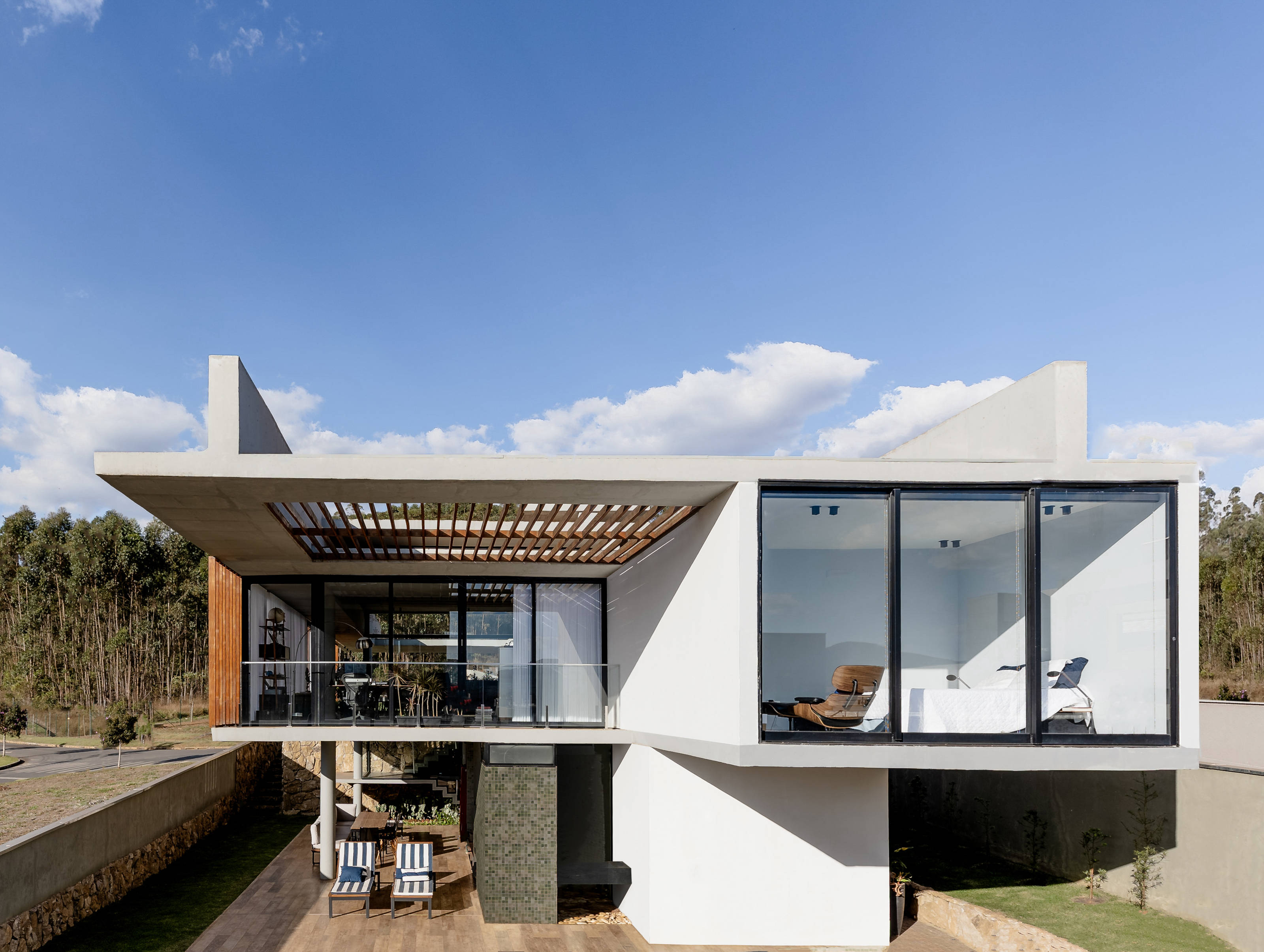
The master bedroom is cantilevered out over the sunken garden
The main entrance is up a series of shallow concrete steps that follow the rise of the land and take you up to a covered porch alongside the courtyard garden. The house is entered directly into the main living space, with a areas for seating and dining alongside the kitchen. Sliding glass doors open onto a south-facing covered balcony.
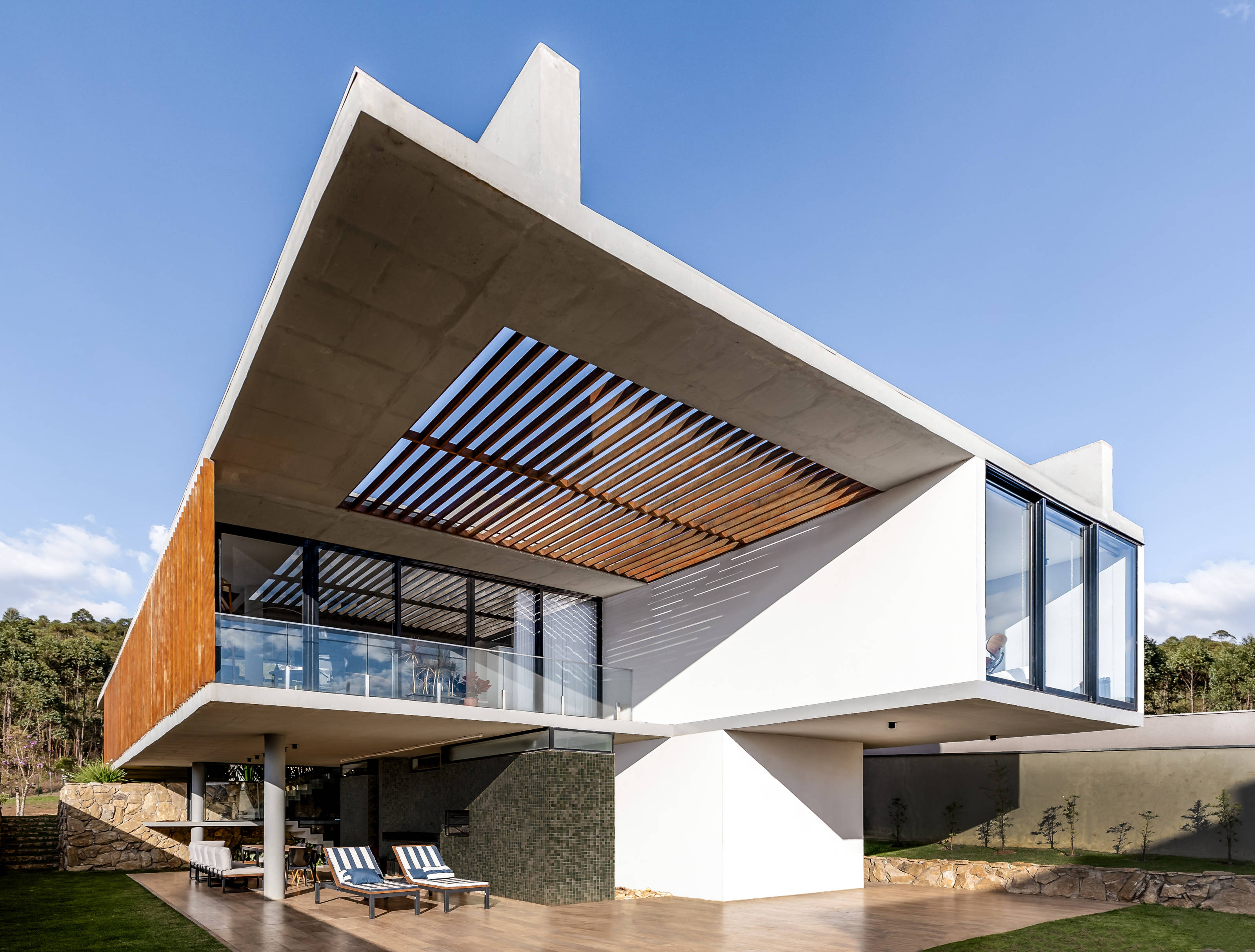
The lower floor contains an external kitchen and dining space
Throughout the house, raw concrete is paired with natural stone and vertical hardwood slats for privacy and sun screening, with aluminium framed windows that span floor to ceiling. The oversailing concrete roof also helps reduce solar gain, ensuring that only late afternoon sun reaches the interior spaces.
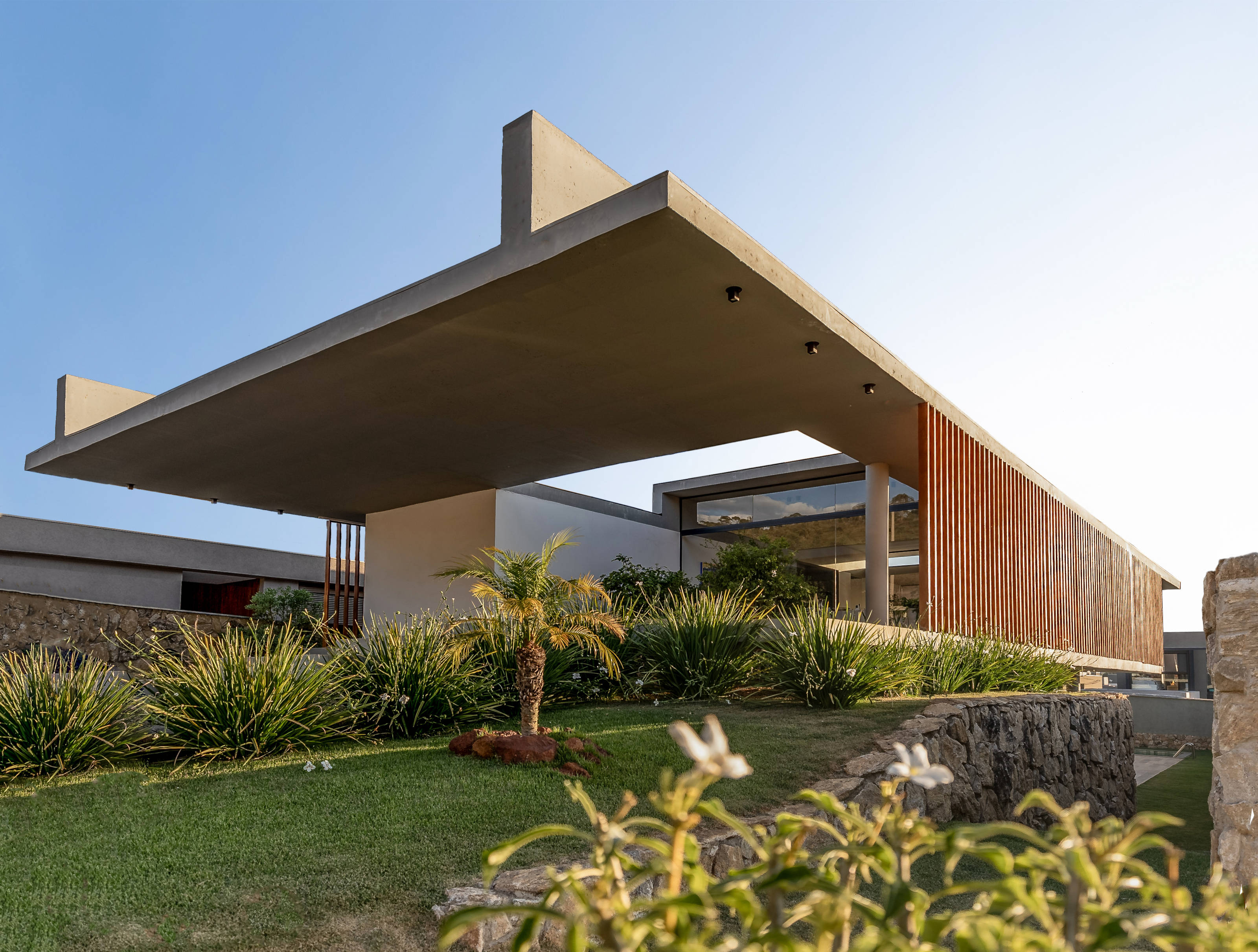
An oversailing roof and timber screens shade the house from the sun
The plan also emphasises simplicity; with the three guest bedrooms on the lower level, everything the owners need for their own day to day life is kept on the principal floor. This reduces the need to use the stairs (one of their requests), except at weekends, when relatives and guests come to stay.

Viewing the entrance courtyard from within
Other recent Tetro projects include the Treetop House and the Café House, each illustrating a very different approach to shaping a dwelling around the demands of site and client.
Receive our daily digest of inspiration, escapism and design stories from around the world direct to your inbox.
Jonathan Bell has written for Wallpaper* magazine since 1999, covering everything from architecture and transport design to books, tech and graphic design. He is now the magazine’s Transport and Technology Editor. Jonathan has written and edited 15 books, including Concept Car Design, 21st Century House, and The New Modern House. He is also the host of Wallpaper’s first podcast.
-
 Apple Music’s new space for radio, live music and events sits in the heart of creative LA
Apple Music’s new space for radio, live music and events sits in the heart of creative LAApple Music’s Rachel Newman and global head of workplace design John De Maio talk about the shaping of the company’s new Los Angeles Studio
-
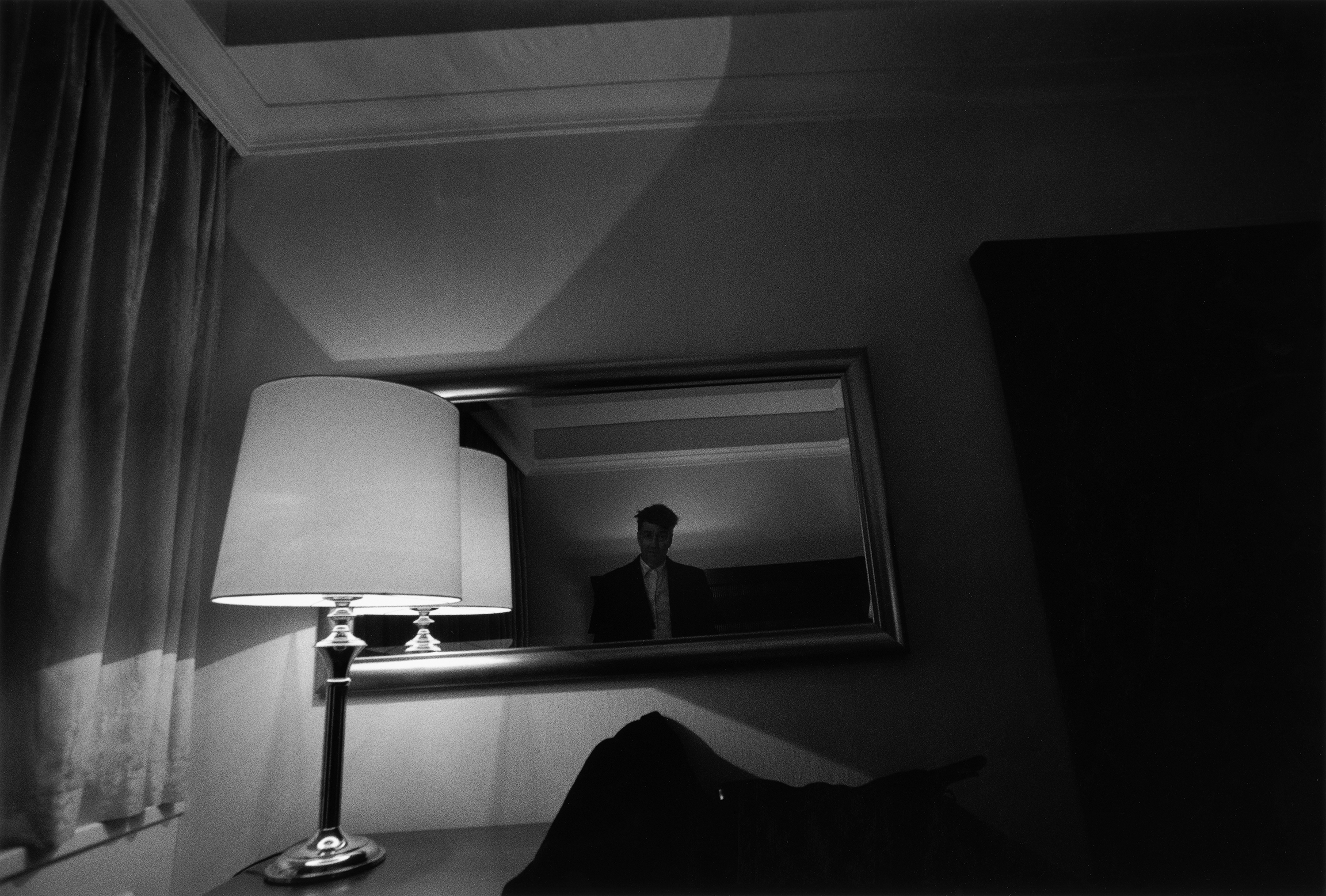 David Lynch’s photographs and sculptures are darkly alluring in Berlin
David Lynch’s photographs and sculptures are darkly alluring in BerlinThe late film director’s artistic practice is the focus of a new exhibition at Pace Gallery, Berlin (29 January – 22 March 2026)
-
 Roland and Karimoku expand their range of handcrafted Kiyola digital pianos
Roland and Karimoku expand their range of handcrafted Kiyola digital pianosThe new Roland KF-20 and KF-25 are the latest exquisitely crafted digital pianos from Roland, fusing traditional furniture-making methods with high-tech sound
-
 A spectacular new Brazilian house in Triângulo Mineiro revels in the luxury of space
A spectacular new Brazilian house in Triângulo Mineiro revels in the luxury of spaceCasa Muxarabi takes its name from the lattice walls that create ever-changing patterns of light across its generously scaled interiors
-
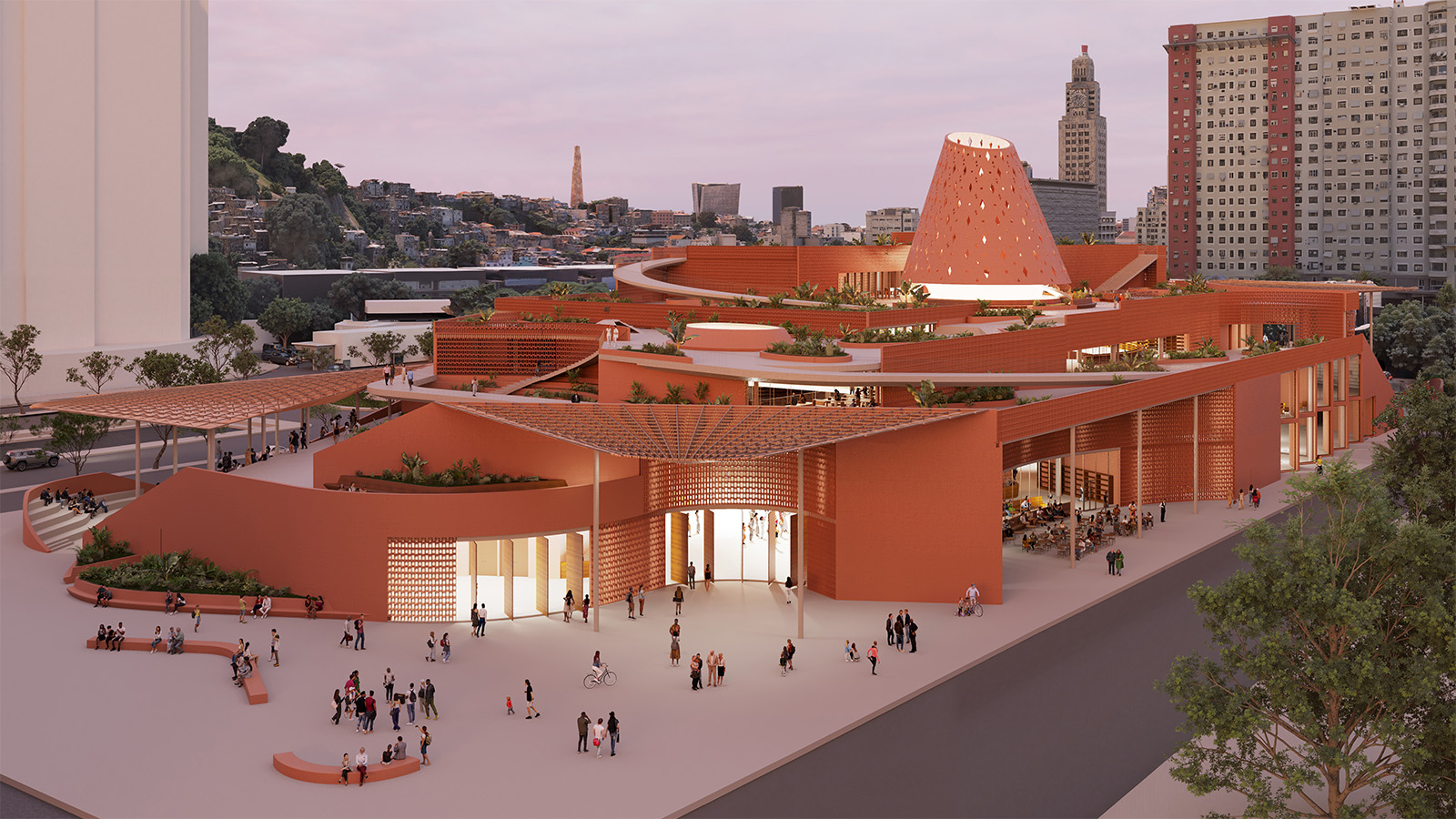 An exclusive look at Francis Kéré’s new library in Rio de Janeiro, the architect’s first project in South America
An exclusive look at Francis Kéré’s new library in Rio de Janeiro, the architect’s first project in South AmericaBiblioteca dos Saberes (The House of Wisdom) by Kéré Architecture is inspired by the 'tree of knowledge', and acts as a meeting point for different communities
-
 A Brasília apartment harnesses the power of optical illusion
A Brasília apartment harnesses the power of optical illusionCoDa Arquitetura’s Moiré apartment in the Brazilian capital uses smart materials to create visual contrast and an artful welcome
-
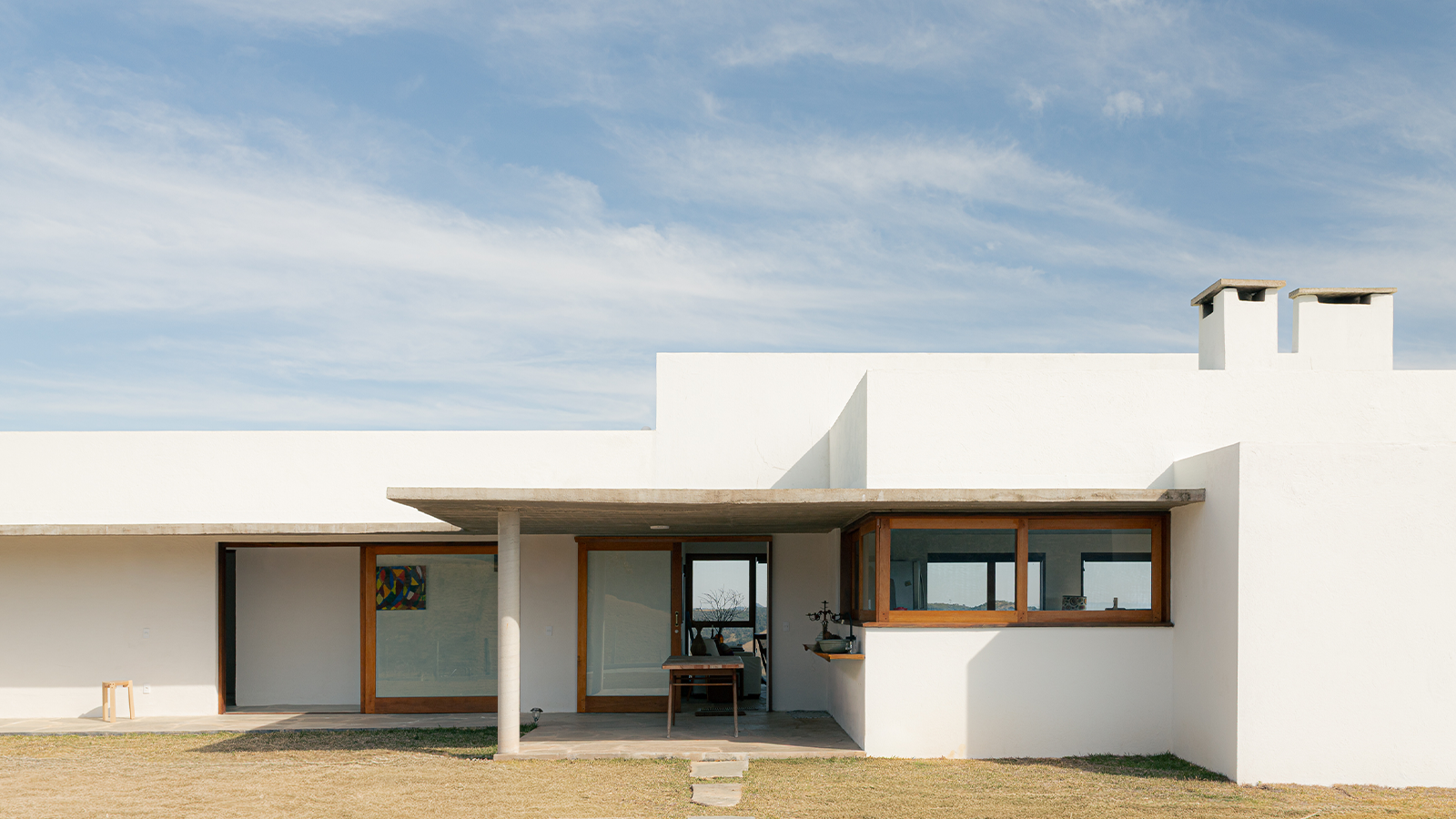 Inspired by farmhouses, a Cunha residence unites cosy charm with contemporary Brazilian living
Inspired by farmhouses, a Cunha residence unites cosy charm with contemporary Brazilian livingWhen designing this home in Cunha, upstate São Paulo, architect Roberto Brotero wanted the structure to become 'part of the mountains, without disappearing into them'
-
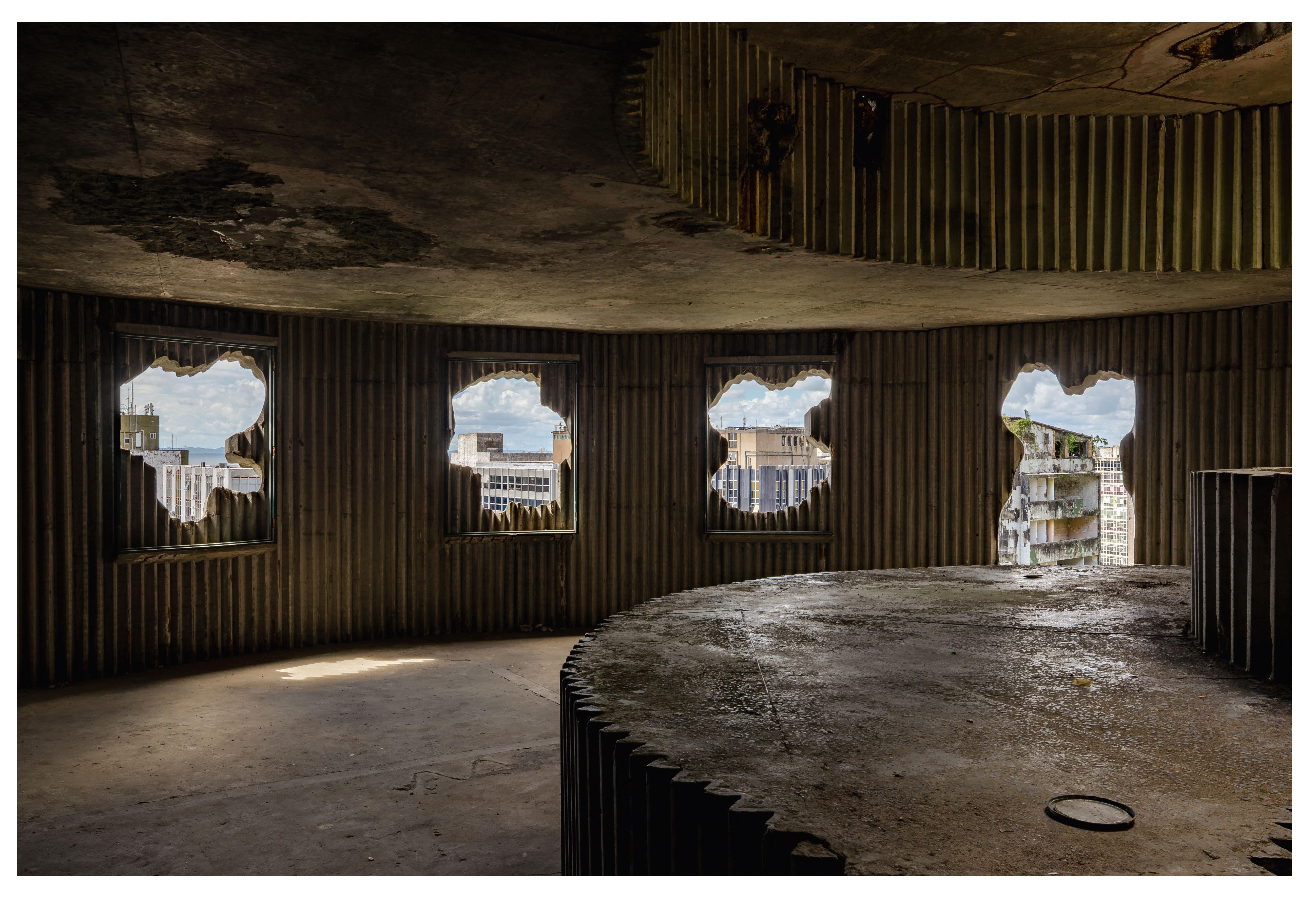 Arts institution Pivô breathes new life into neglected Lina Bo Bardi building in Bahia
Arts institution Pivô breathes new life into neglected Lina Bo Bardi building in BahiaNon-profit cultural institution Pivô is reactivating a Lina Bo Bardi landmark in Salvador da Bahia in a bid to foster artistic dialogue and community engagement
-
 Tropical gardens envelop this contemporary Brazilian home in São Paulo state
Tropical gardens envelop this contemporary Brazilian home in São Paulo stateIn the suburbs of Itupeva, Serena House by architects Padovani acts as a countryside refuge from the rush of city living
-
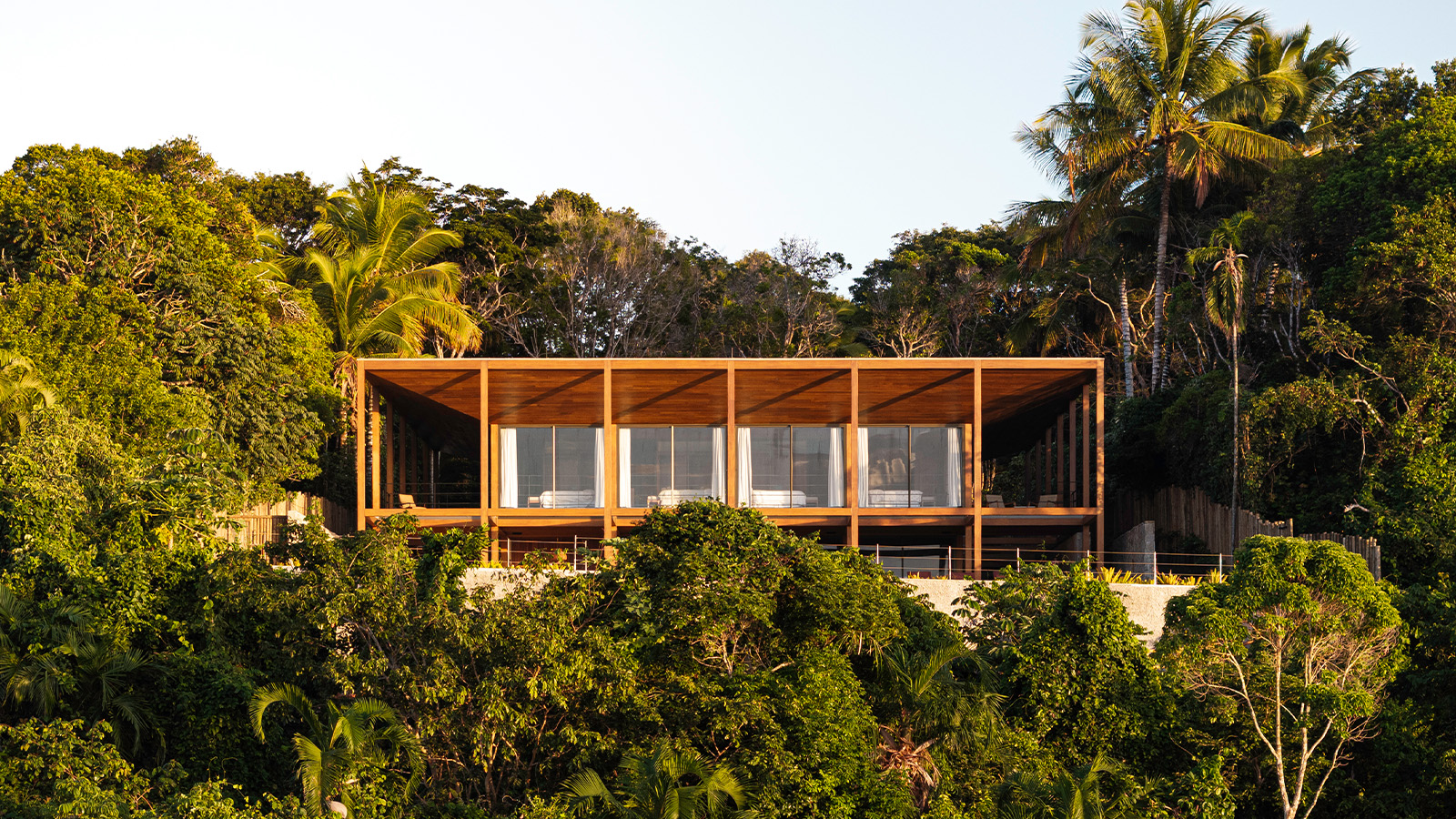 Itapororoca House blends seamlessly with Brazil’s lush coastal landscape
Itapororoca House blends seamlessly with Brazil’s lush coastal landscapeDesigned by Bloco Arquitetos, Itapororoca House is a treetop residence in Bahia, Brazil, offering a large wrap-around veranda to invite nature in
-
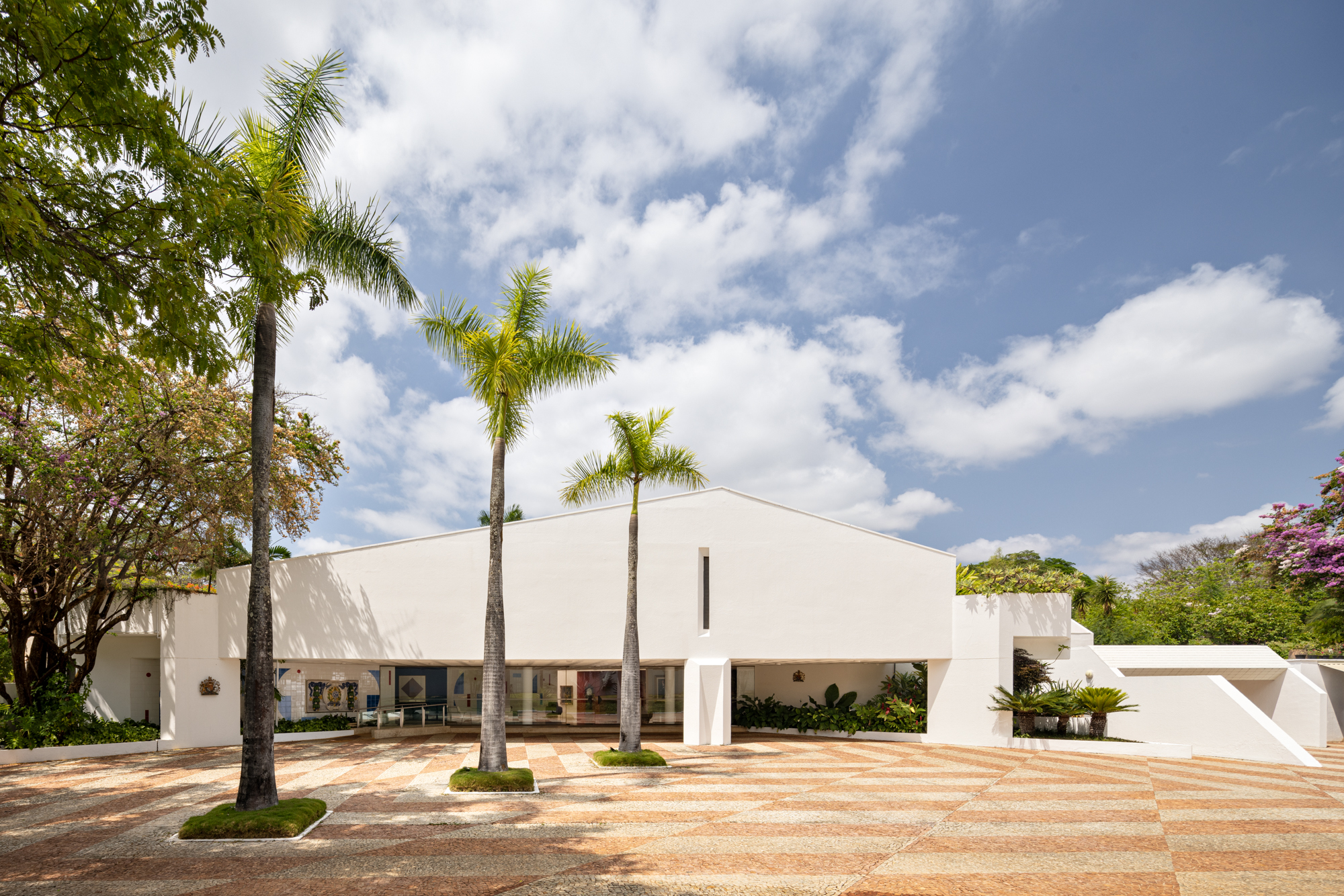 A postmodernist home reborn: we tour the British embassy in Brazil
A postmodernist home reborn: we tour the British embassy in BrazilWe tour the British Embassy in Brazil after its thorough renovation by Hersen Mendes Arquitetura, which breathes new life into a postmodernist structure within the country's famous modernist capital